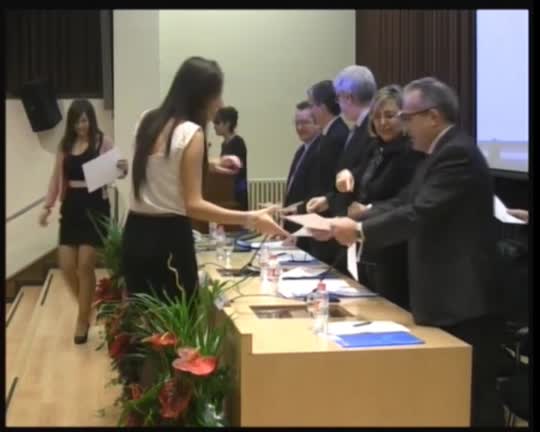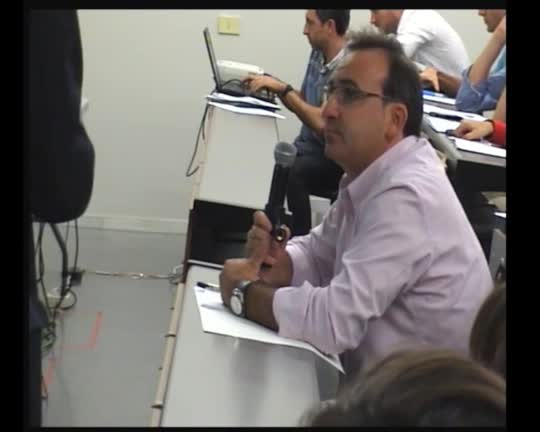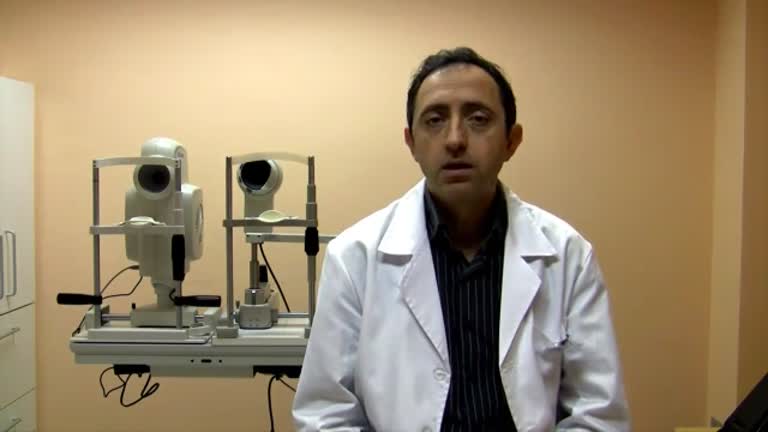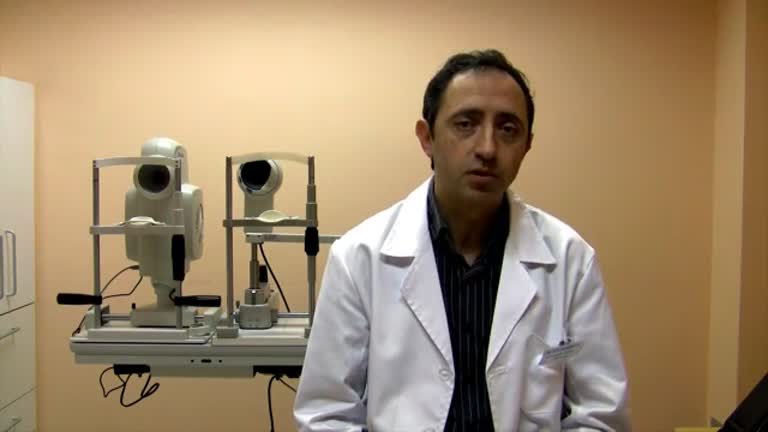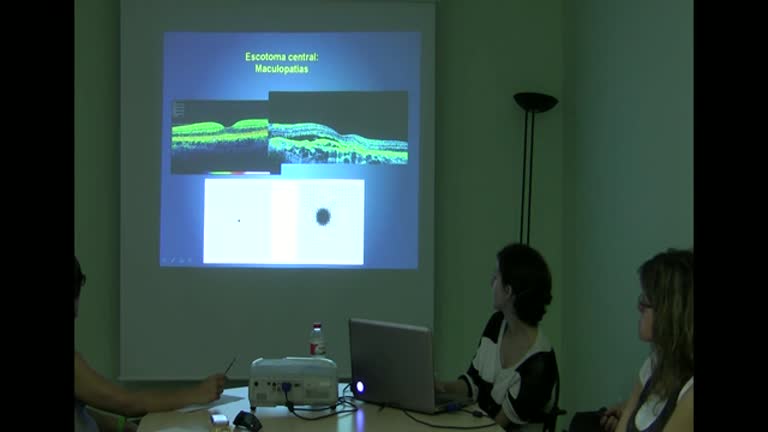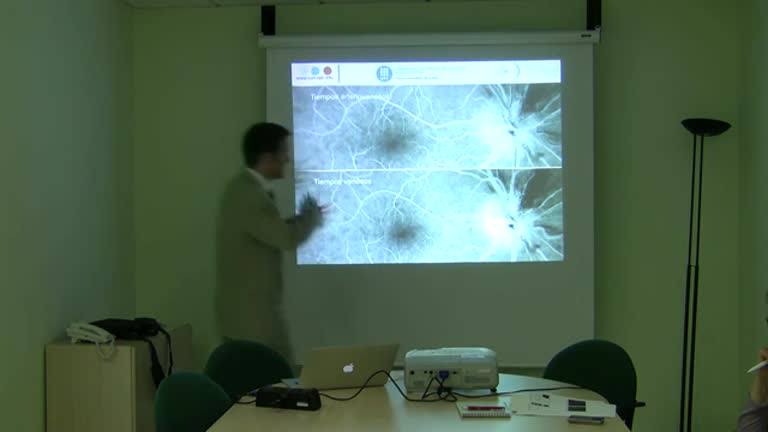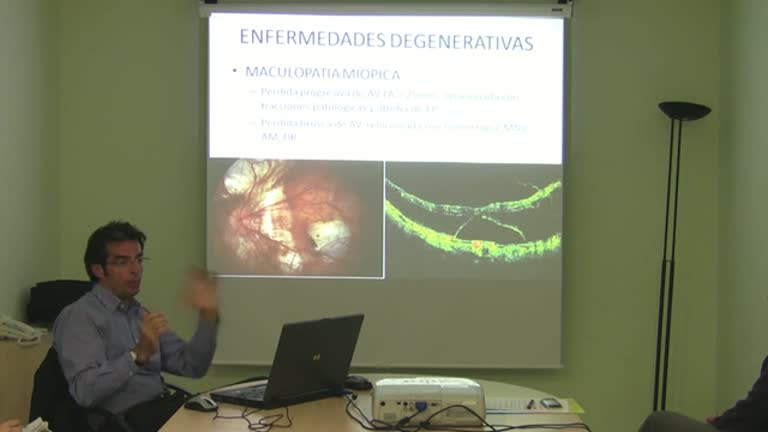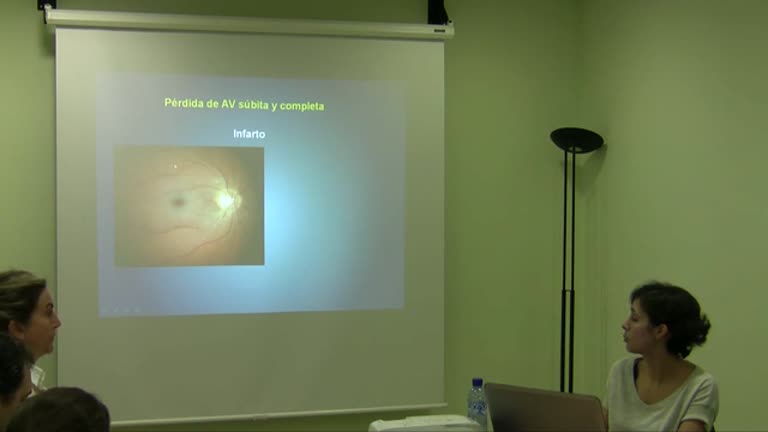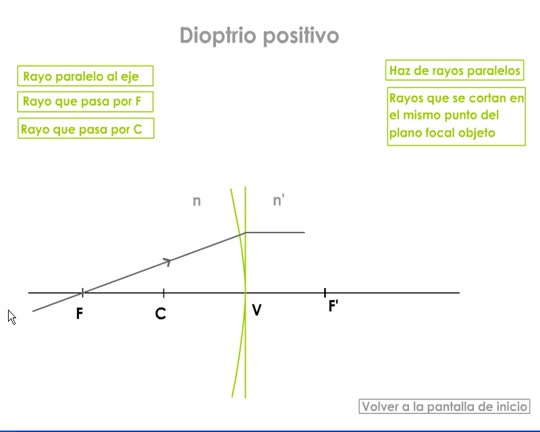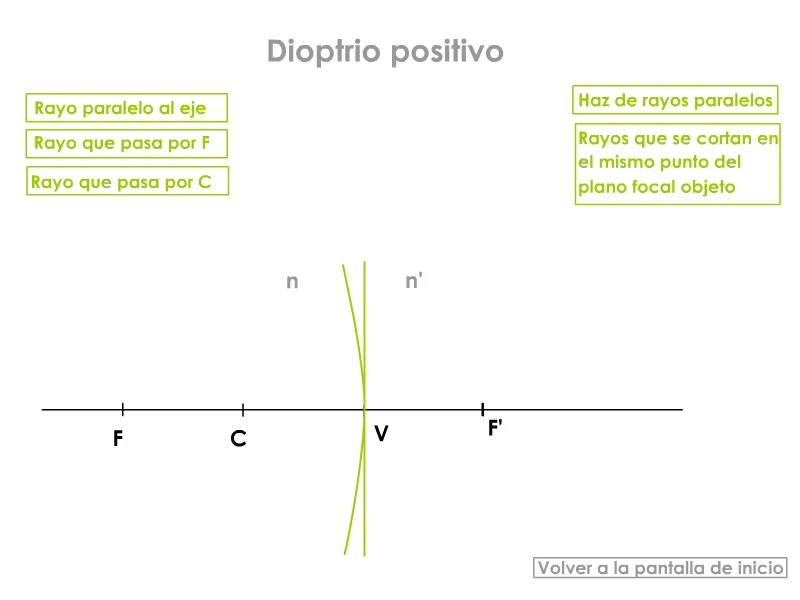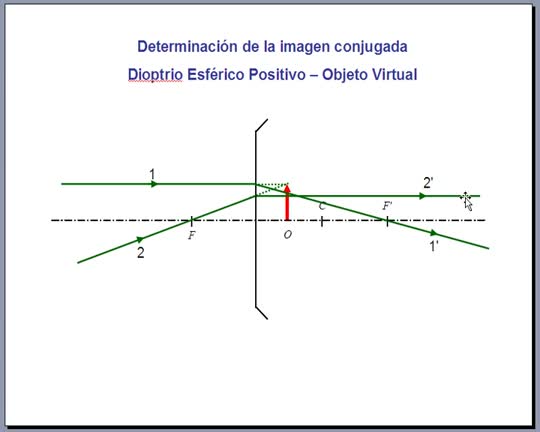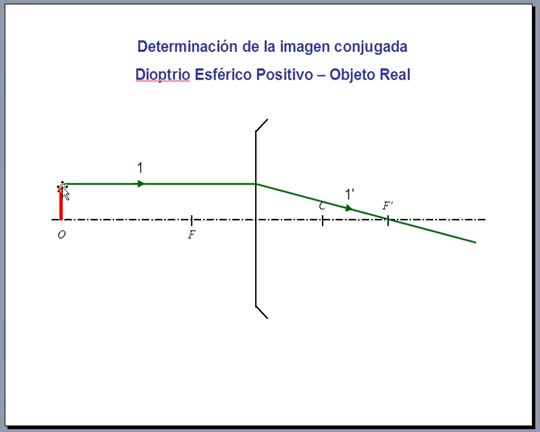Objectes multimèdia amb l’etiqueta: Ciències de la visió
Resultats de la cerca
III Jornadas de contactología para profesionales
Accés obert
26 de set. 2012
Formació continuada d'alt nivell en contactologia a Terrassa.
Contingut de les Jornades:
- La miopia com a problema de salut pública
- Consideracions prèvies
- Què sabem sobre la seva etiologia i evolució
- Control de la seva evolució: opinió, experiència, evidència
- El llegat de l'ortoqueratologia
- Situació actual i perspectives de futur
- Conclusions
Contingut de les Jornades:
- La miopia com a problema de salut pública
- Consideracions prèvies
- Què sabem sobre la seva etiologia i evolució
- Control de la seva evolució: opinió, experiència, evidència
- El llegat de l'ortoqueratologia
- Situació actual i perspectives de futur
- Conclusions
Centre Universitari de la Visió (castellà)
Accés obert
12 de jul. 2012
Video promocional del Centre Universitari de la Visió en castellà
Centre Universitari de la Visió (català)
Accés obert
12 de jul. 2012
Video promocional del Centre Universitari de la Visió en català
Urgencias oculares para DOO
Accés obert
14 de juny 2012
Conferència feta dins el programa d'estades clíniques tutoritzades al Centre Universitari de la Visió.
Técnicas diagnósticas del segmento anterior
Accés obert
31 de maig 2012
Conferència feta dins el programa d'estades clíniques tutoritzades al Centre Universitari de la Visió.
Problemas de polo posterior para DOO
Accés obert
10 de maig 2012
Conferència feta dins el programa d'estades clíniques tutoritzades al Centre Universitari de la Visió.
Neurooftalmología para ópticos optometristas
Accés obert
26 d’abr. 2012
Conferència feta dins el programa d'estades clíniques tutoritzades al Centre Universitari de la Visió.
Contingut: alteracions pupil·lars, paràl·lisi de pars cranials i diferents patrons de pèrdua de l'agudesa visual.
Contingut: alteracions pupil·lars, paràl·lisi de pars cranials i diferents patrons de pèrdua de l'agudesa visual.


